The block bounded by West Chapel Hill Street, Willard Street, Duke Street, and Jackson Street was the location of two different houses of Benjamin N. Duke, brother of James B. Duke and Brodie L. Duke. In the 1880s, he constructed 'The Terrace' on this block - a large frame Queen Anne Victorian structure with a tower, as was popular on many contemporaneous structures.
Looking east down West Chapel Hill St. ~1910.
(Courtesy Duke Archives)
Looking east-southeast down West Chapel Hill St. ~1910.
(Courtesy Durham County Library)
From "Durham: A Pictorial History" by J. Kostyu
In 1911 , this structure was moved across West Chapel Hill Street (to the north side of the street, at 404 West Chapel Hill Street) to make way for the construction of 'Four Acres.'
(Courtesy Durham County Library)
'Four Acres' was a large, Chateauesque Revival structure designed by Charlotte architect C.C. Hook and constructed of granite and brick. It bore a strong resemblance to another structure in Durham - actually still standing - also built by C.C. Hook at approximately the same time - Greystone, built for James Stagg (who worked with BN Duke), is not as large of a structure, but is very similar in style.
(Courtesy State Archives)
(Courtesy UNC)
The back door.
(Courtesy Durham County Library)
The grounds.
(Courtesy Durham County Library)
(Courtesy Durham County Library)
After B.N. Duke and his wife died in the late 1920s-1930s, the house passed to Duke University, who used the house as a guesthouse and reception area for 30 years.
The Terrace, then at 404 West Chapel Hill Street, became the residence of the NE Green family.
Looking northwest from near the intersection of West Chapel Hill St. and Pettigrew, 1910s-1920s.
(Courtesy Duke Archives)
The Terrace is visible on the north side of the street, center of the photo.
It survived until 1939 when, having failed to secure tenants for the property for several years, the owners decided to raze it. It was replaced by Flintom's Esso Station.
In 1960, the University decided to sell the Four Acres propertyand building, and it was demolished soon thereafter for the construction of North Carolina Mutual's new office building.
The front entrance in winter, not long before the house was torn down.
(Courtesy Duke Archives)
The demolition of Four Acres.
(Courtesy Herald-Sun)
Demolition.
(Courtesy Herald-Sun)
Interestingly, urban renewal took the outside edge of the property, including the fence. This appraisal photo from 1963 shows the property from the front of Duke Memorial Methodist looking southeast at the intersection of S. Duke and W. Chapel Hill Sts.
(Courtesy Durham County Library)
The North Carolina Mutual company began construction of their modern office building in 1964, as they had outgrown their historic headquarters on W. Parrish St.
Groundbreaking, with sign atop the Four Acres fence, 1964
(North Carolina Mutual Archives)
They hired architects Welton Becket Associates of Los Angeles, who had already completed multiple iconic modernist structures throughout the country - in part because of their racially-equitable hiring practices. Welton Becket worked with NC architect Marion Ham; Ham had previously worked with Edmund J. Austin in Southern Pines.
Elevator tower completed, 01.08.64
(Courtesy Herald-Sun)
(Courtesy Durham County Library)
N.C. Mutual building under construction, 1964 - looking northwest from Willard and Jackson Sts. The iron fence that surrounded Four Acres hasn't been taken down yet.
The completed building, looking northwest from near Willard and Jackson, 1966.
(Courtesy Herald-Sun)
Looking northeast from Vickers and Yancey, late 1960s. The Washington Duke Hotel can be seen to the right.
(Courtesy Herald-Sun)
Aerial view from above West Chapel Hill St., 1960s.
(Courtesy Chris Graham)
The building was completed to much acclaim; it was named one of Forbes' ten outstanding buildings of 1966 and one of Fortune’s top ten buildings of the decade.
However, sometimes bold design is a bit too bold for the harsh nature of reality - i.e. gravity. If you look at older pictures of the building, you'll notice that there was no corner bracing in the original design. Each floor was designed to be cantilevered from the center so that the corners could be glass. It seems that Welton Becket and Mr. Ham made a boo-boo, though, and the floors sagged. The corners had to be retro-fitted with structural concrete to hold up the floors, all the way down to the unfortunate addition of corners supporting the first floor.
NC Mutual Building, 2006.
11.07.09
What was a special modernist structure became fairly pedestrian after the loss of the cantilevered floors. It's not a bad structure, design-wise, but the heaviness of the concrete was previously mitigated by the fact that the floors 'floated.' Now it just looks more like a stolid lattice. The site plan is weak - creating a lot of dead space around the building that, while not overtly pedestrian-hostile, isn't exactly inviting.
What I can't get past is the demolition of Four Acres in order to build it. I'm not sure if the site had a certain symbolism, but the loss of the grand Ben Duke house was a deep wound for Durham - imagine if it were a Durham history museum today, or simply a tourist attraction.

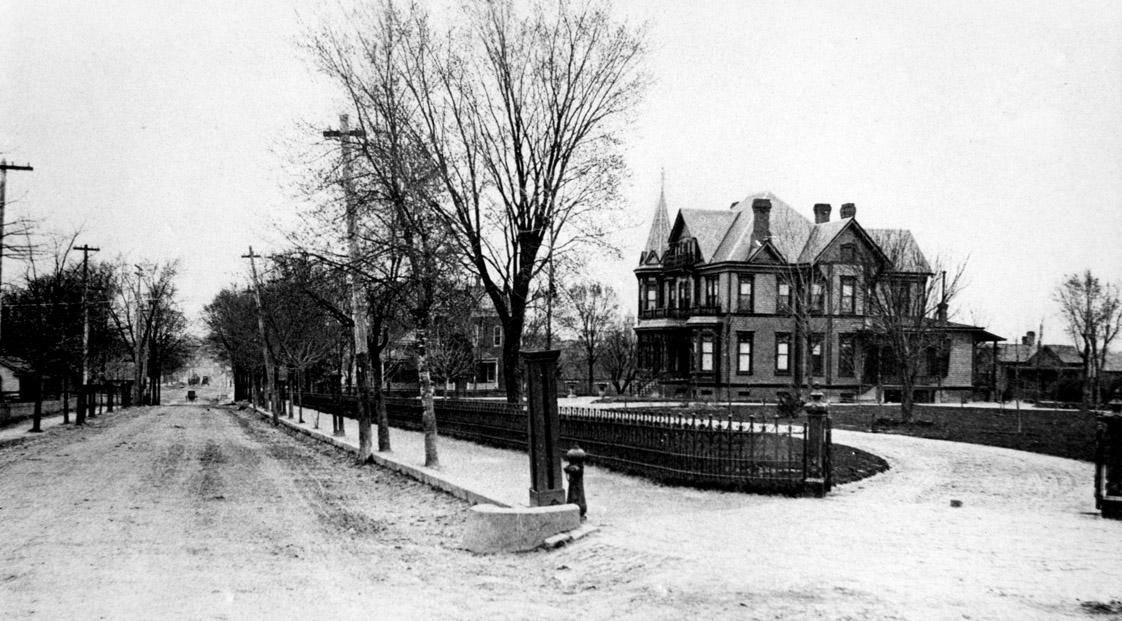
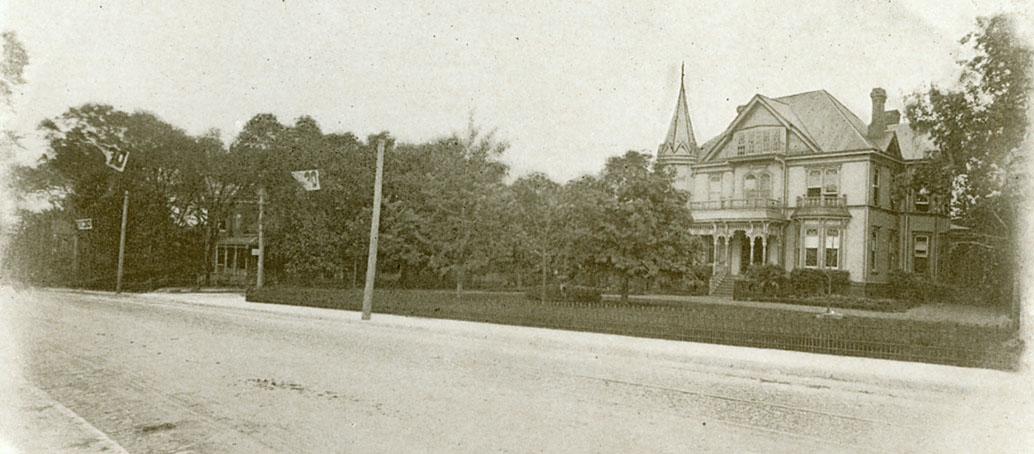
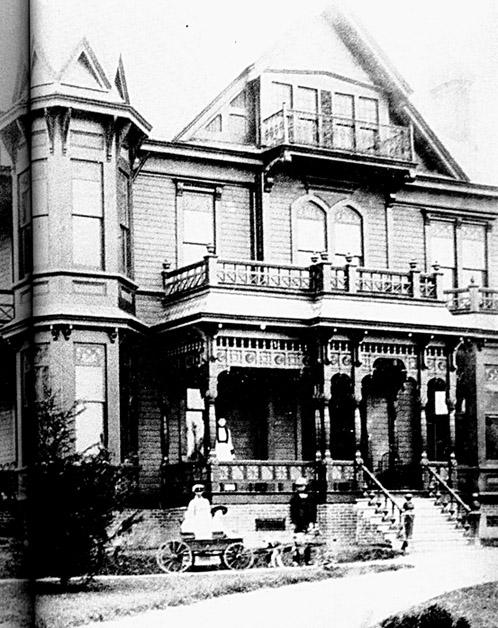
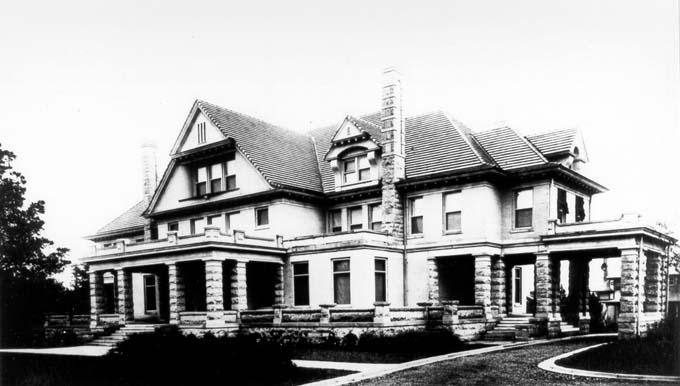
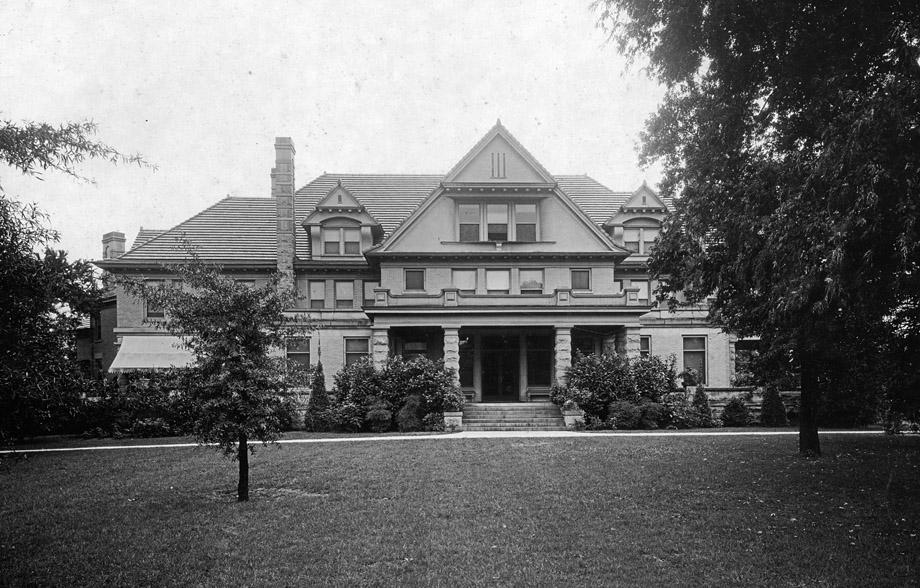

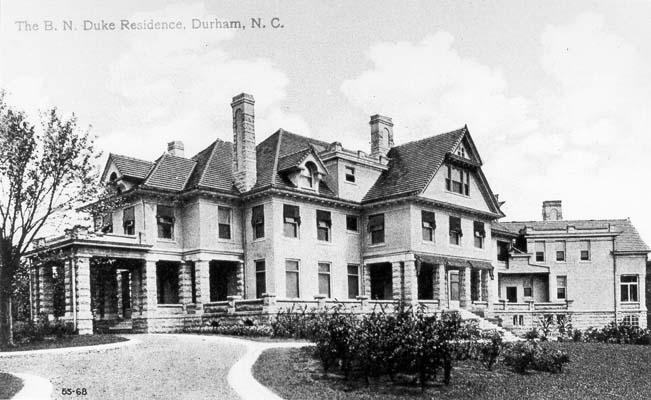
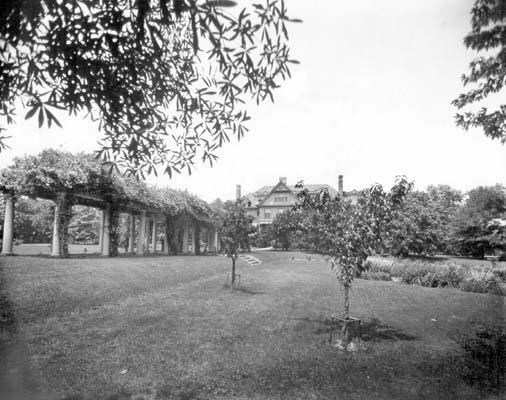
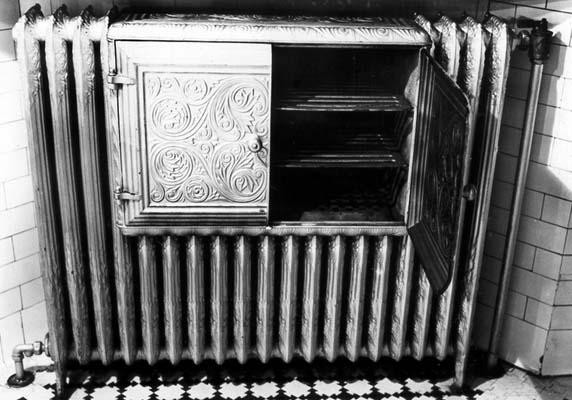
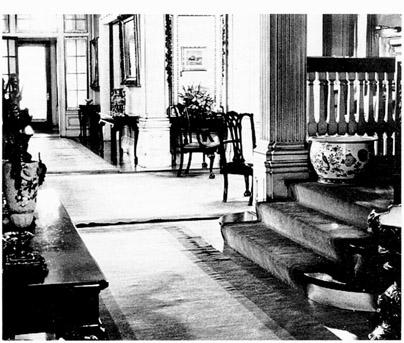
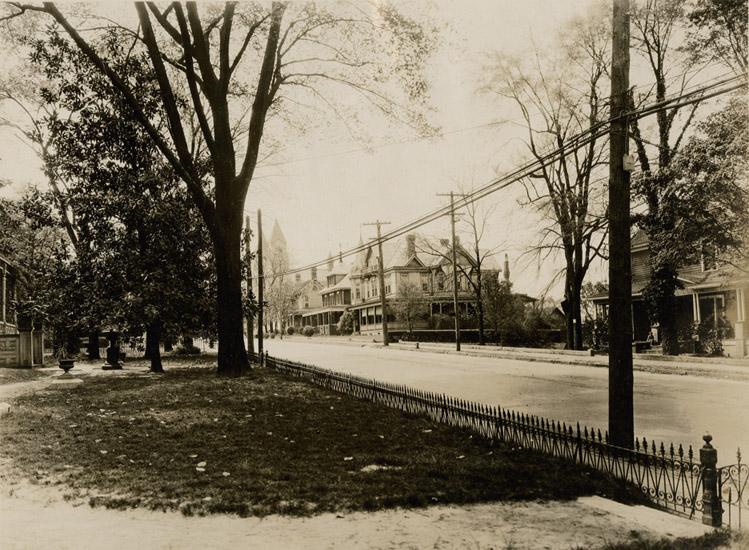
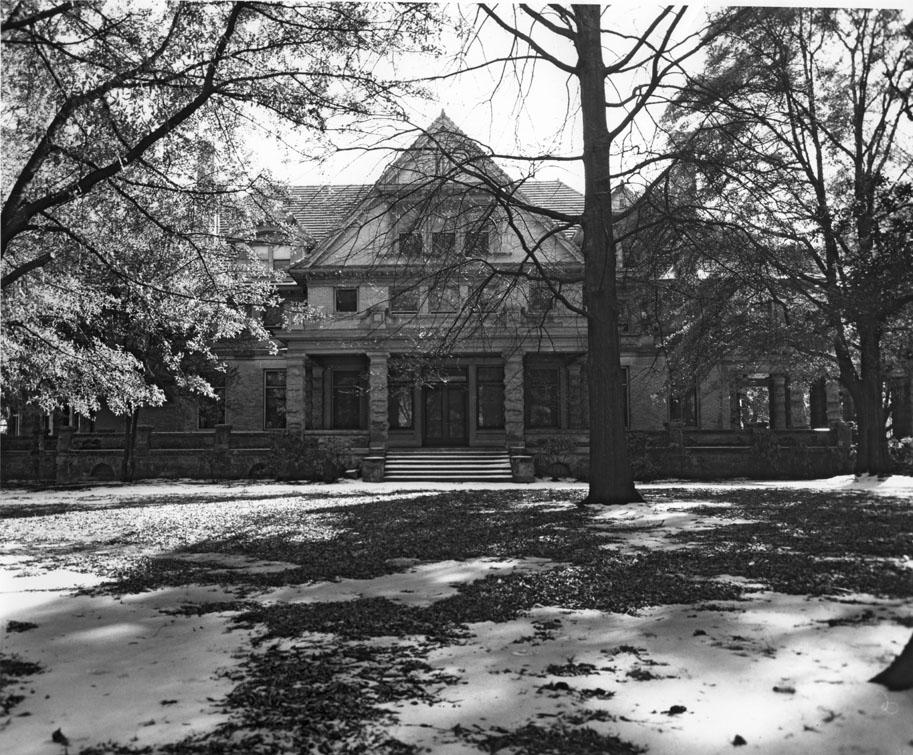
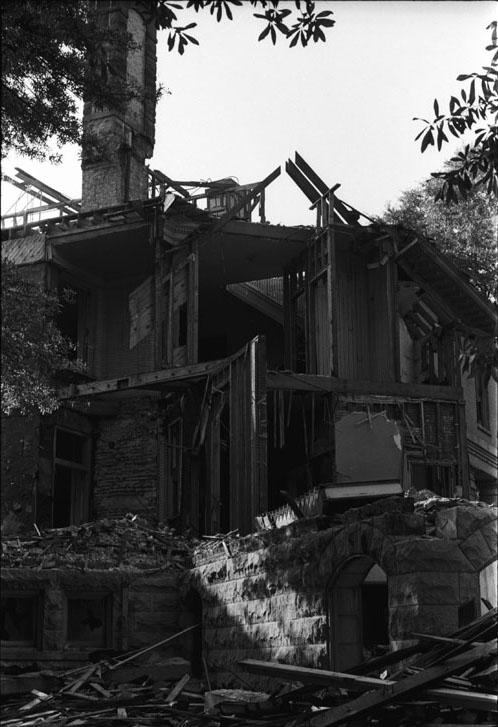
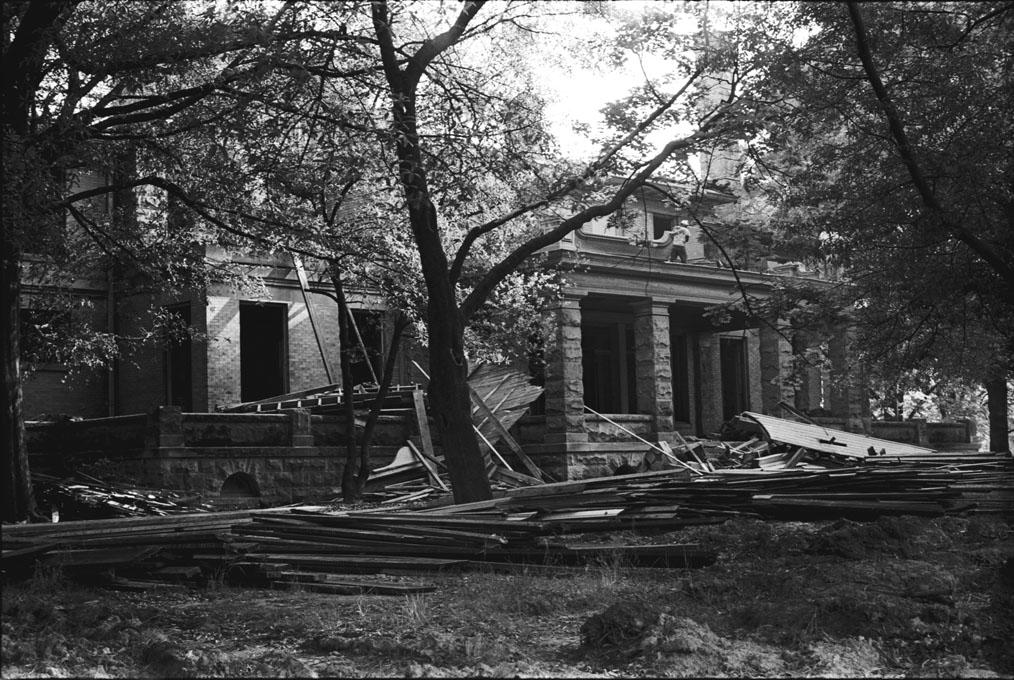
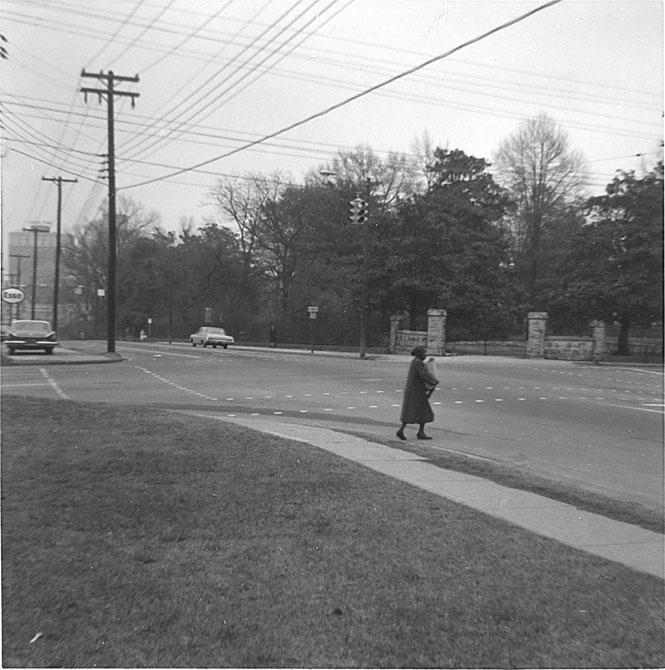
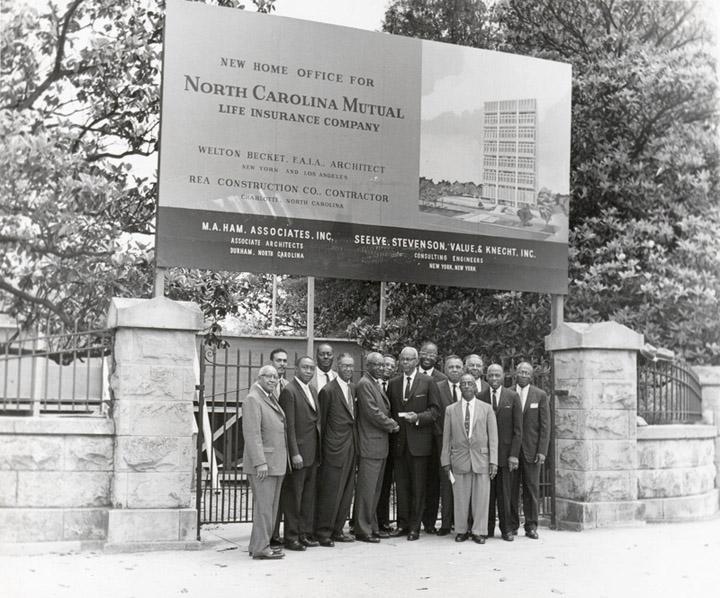
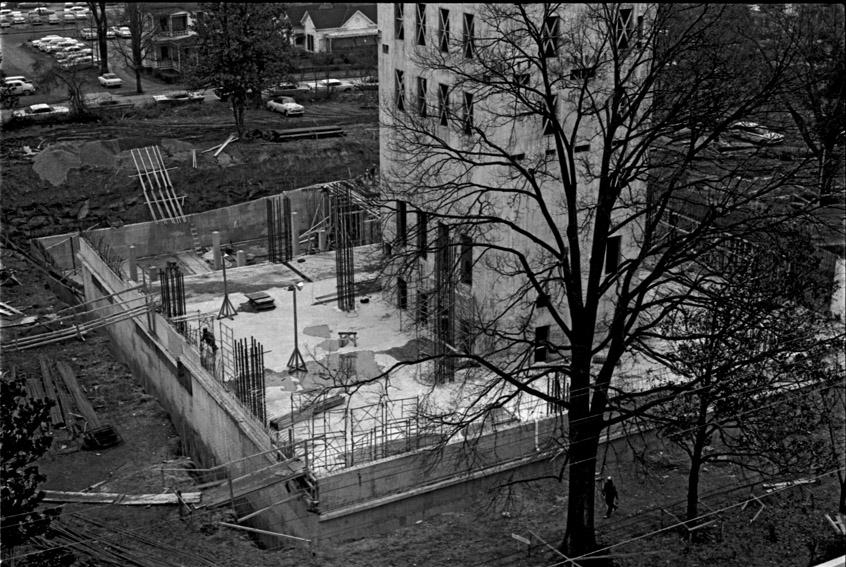
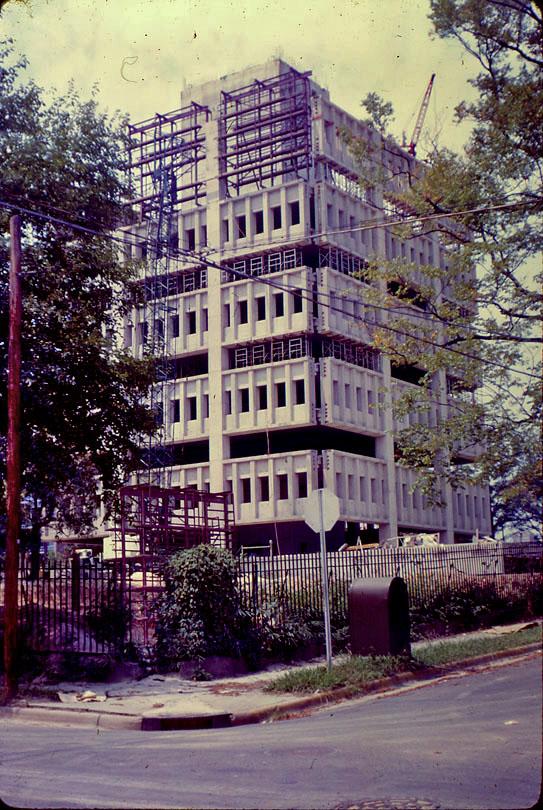
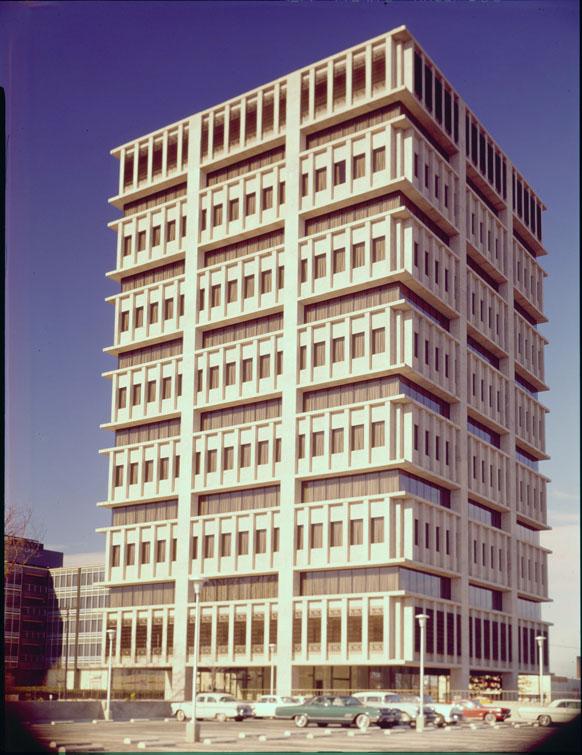

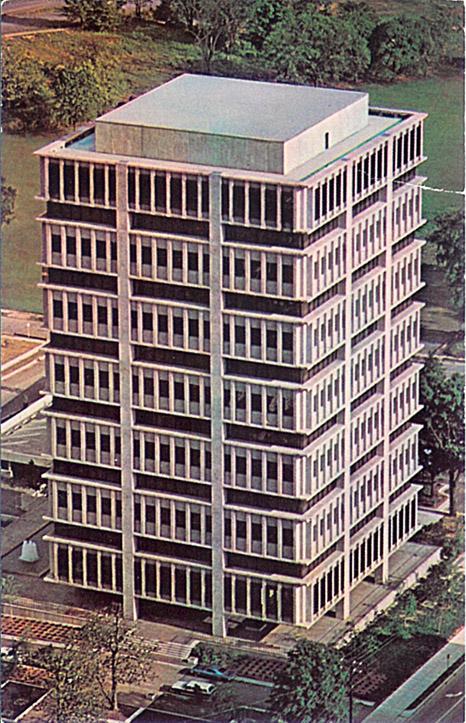
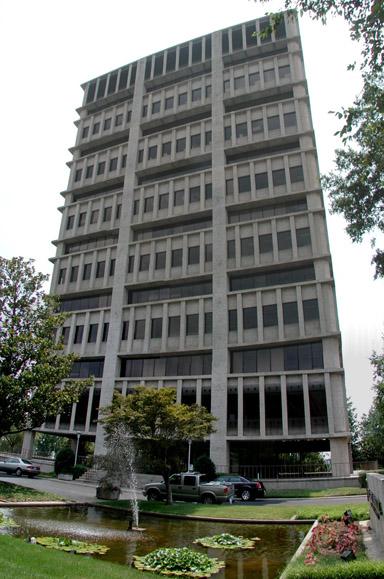
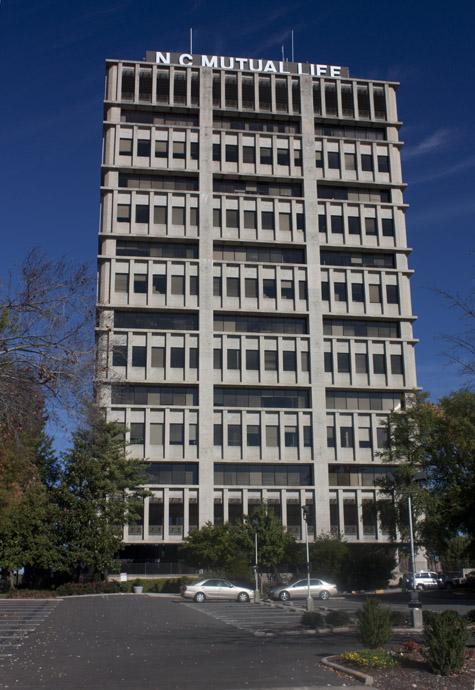

Comments
Submitted by dcrollins (not verified) on Wed, 11/29/2006 - 11:38pm
Long live the Heart of Durham! Unspeakable things happened there at my fraternity formal in 1990. I thought I'd never see her again; it brings a tear to my eye.
As to the transit station, it looks like it belongs in the "new" downtown Raleigh. Blech.
Submitted by Sven (not verified) on Thu, 11/30/2006 - 1:48am
Ah yes, I was there that night. It was not pretty.
GK
Submitted by Anonymous (not verified) on Thu, 4/23/2009 - 5:03pm
The design of the NC Mutual building was award winning, and its opening was full of local and national dignitaries. However, within a couple of decades, weaknesses in the design were corrected by the installation of posts at each of the 4 lower corners. (Originally the corners "floated") Four Acres is one of the biggest losses
-maybe THE biggest- in Durham's architectural history. I group it with Pandora's Box and Somerset Villa.
Submitted by Brian (not verified) on Wed, 9/2/2009 - 5:32am
I wish I was around to see four acres, it looks like it was a beautiful house. Progress? Yeah right.
Submitted by Anonymous (not verified) on Mon, 9/14/2009 - 4:56pm
I guess I was very lucky to have had the opportunity to not only see Four Acres from the outside, but also from the inside. My best friend's father gained permission to go inside before it was torn down. Even as a teenager my heart was broken at the loss of such a beautiful place. I could see the home as being used as a museum of the Duke Family. What a terrible loss.
Submitted by Chris (not verified) on Fri, 3/5/2010 - 7:27pm
Interesting to see views of this building at construction -- architecturally, it was much more handsome with the "floating" floors, i.e. before the concrete columns at the corners were added. Visually speaking, the corner columns really weigh the building down.
Submitted by victoria (not verified) on Mon, 6/6/2011 - 8:21pm
Get over it, the Four Acres was torn down. Who needs to continue to look at the many structures of white greed and oppression. BN. Duke, and all of his kin became wealthy because of blacks working in the fields (tobacco) being paid pennies.Durham, and this country was built by blood sweat and tears. While greedy underserving whites reaped the benefits. One thing for sure, you cannot by your way into heaven. Thank God for that.
Submitted by Gary (not verified) on Mon, 6/6/2011 - 8:21pm
By all means, we should obliterate any trace of early 20th century white wealth and power. That way we can pretend it never occurred. Wouldn't it be great if they'd torn down that Woolworth's in Greensboro rather than turning it into a civil rights museum? Like we did with the Royal Ice Cream parlor. Better to whitewash away the human stain of our ugly past than have to remember it. I'm sure glad Four Acres isn't around to be turned into a museum that teaches our children about how Durham's tobacco wealth was created. What a tragedy that would be.
Incidentally, two things you might not be aware of - the Dukes were some of the more progressive of their ilk. You might want to read my posts about Trinity College and Washington Duke in particular. And, of course, the generation of this wealth off the backs of others affected a lot of poor white people as well (a lot more by sheer numbers, although you could make a reasonable argument that this disproportionately affected African-Americans.) Your argument would be far more effective as a screed against opulent wealth made in the face of deep rural poverty rather than a race argument.
GK
Add new comment
Log in or register to post comments.